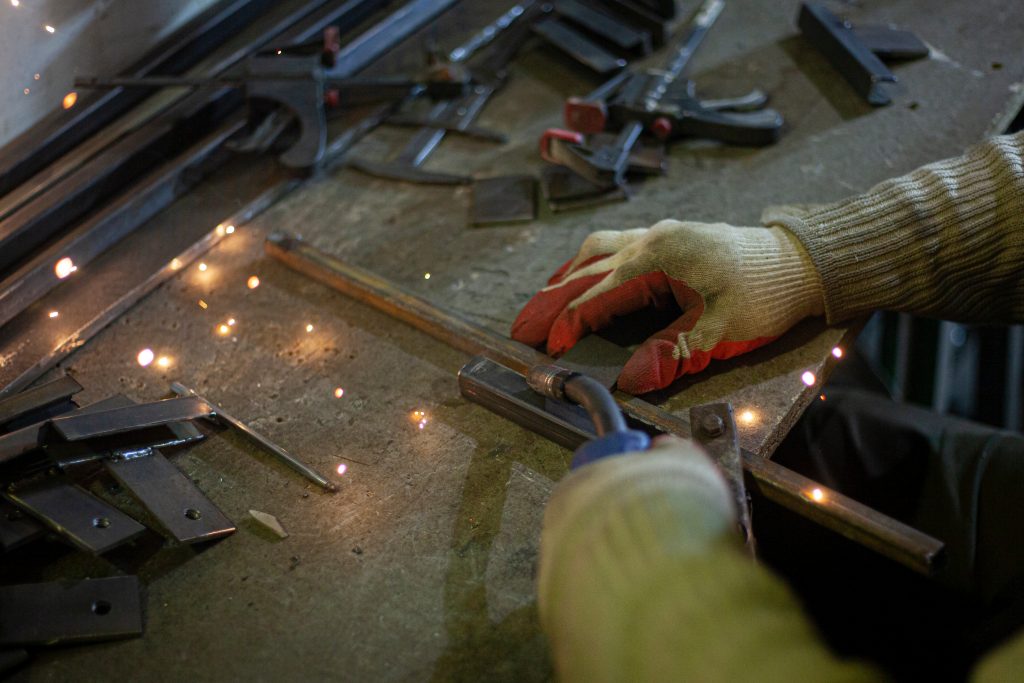Challenges in welding services for medical device manufacturing
In today’s world, the production of medical devices plays a crucial role in ensuring the health and well-being of patients. One key aspect of manufacturing these devices is welding, which is used to join various components and materials, creating reliable and safe medical products. In this article, we will discuss the significance of welding in the medical context, examples of medical devices requiring welding, challenges in medical welding, and modern technologies and automation in this field.
Importance of medical device manufacturing for patient’s health
The production of medical devices is of paramount importance to the health of patients worldwide. Devices such as diagnostic imaging equipment, medical implants, and therapeutic devices aid in the diagnosis, treatment, and rehabilitation of patients. Without them, many medical procedures would be impossible or significantly riskier. Therefore, it is essential for the produced devices to be not only effective but also safe and reliable.
Role of welding in medical device manufacturing
Welding plays a crucial role in the production of medical devices, as it allows for the joining of different components and materials in a durable and reliable manner. Welded joints must withstand loads, maintain integrity under challenging conditions, and be safe for patients. Therefore, medical device manufacturers must ensure the quality of the welding process and the selection of appropriate materials.
Examples of medical devices requiring welding
In medicine, there are many different devices that require the welding process. Here are a few examples:
- Medical implants. Stents, joint prostheses, or dental implants are often welded to ensure durability and safety.
- Therapeutic devices. Respirators, oxygen therapy devices, or nerve stimulation electrodes are equipped with welded components.
- Diagnostic equipment. Many imaging devices, such as CT scanners or MRI machines, contain welded structural elements.
Challenges in medical welding
The welding process in medicine is associated with certain challenges that must be carefully considered and managed. Some of these challenges include:
- Selection of appropriate materials: the choice of materials for welding is crucial. Materials must be biocompatible, corrosion-resistant, and meet design requirements.
- Ensuring weld quality and material structure: the quality of welds and material structure must be monitored and maintained at the highest level to avoid defects and potential hazards.
- Recording welding processes: medical device manufacturers must accurately document the welding process, which is essential for ensuring quality and safety.
- Costs associated with advanced equipment and technology: investments in advanced welding equipment and technologies can incur significant costs but are necessary to achieve high-quality production.

Modern welding technologies in medicine
Modern welding technologies in medicine include the use of lasers, CNC machines, and advanced control systems, allowing for more precise and effective welding. Automation and robotization of the welding process are becoming increasingly common, resulting in greater precision and repeatability of joints.
Biomedical welding
Biomedical welding is a specialization that focuses on the production of implants and medical devices. This area of welding requires special attention because materials and connections must comply with biomedical requirements and biocompatibility. It is a field that is dynamically developing to meet the growing needs of medicine.
Automation and robotization in welding
Automation and robotization in medical welding bring numerous benefits, such as increased precision, shortened production time, and reduced risk of human error. Welding robots are programmed to perform complex welding operations, allowing for the achievement of excellent joint quality.
Welding plays an extremely important role in the production of medical devices, which have a significant impact on the health and lives of patients. Choosing the right materials, maintaining the quality of the welding process, and developing modern technologies and automation are key factors that enable the creation of reliable and safe medical products. Welding services play a significant role in this process, providing manufacturers with support in achieving the highest standards of quality and safety in medicine.


